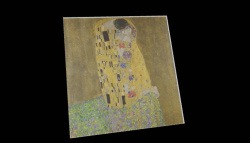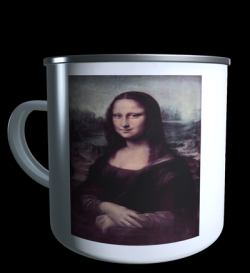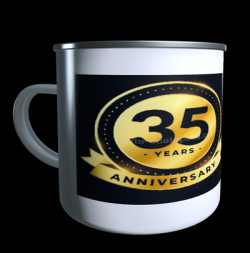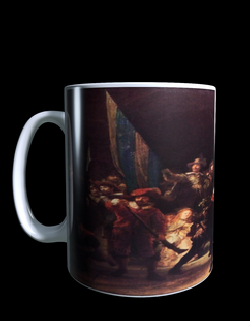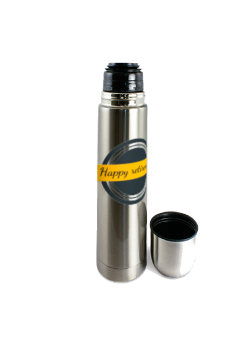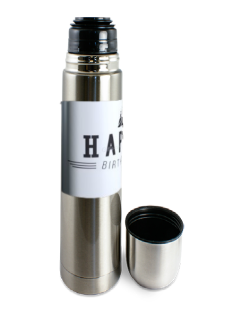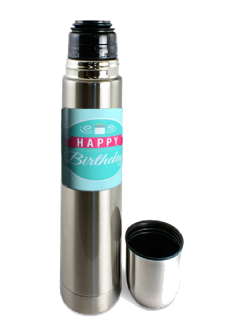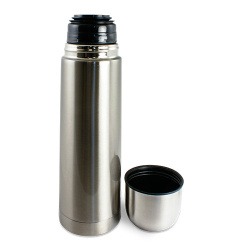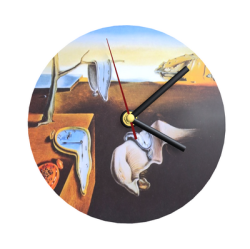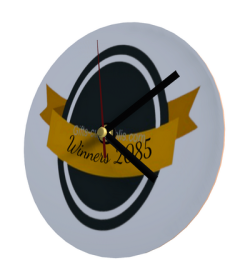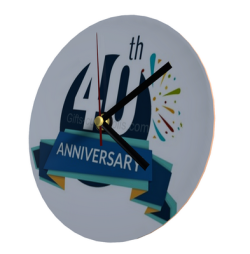Round metal box with...
Conservation solutions The discovery and development of ceramics was a major step forward in the preservation and storage of certain liquids, such as wine and various drinks obtained after distillation or fermentation and therefore containing alcohol. This made it possible to preserve liquids in hermetically sealed ceramic containers. These tightly sealed containers were indispensable for their preservation. Another preservation solution that humans used several thousand years before Christ was cold or freeze-drying. Freeze-drying means freezing the food and then dehydrating it to remove the liquid. Each era has brought advances in food and liquid preservation. The Romans introduced brine and vinegar as a preservative, resulting in marinade. Then came sodium chloride and acetic acid, which were mankind's first preservative food additives. After that, benzoic and sorbic acids, natural preservatives present in certain spices, cinnamon and cloves, helped Marco Polo's travels. In the Middle Ages, tobacco was added, also a preservative additive, but also the formaldehyde found in wood smoke, which allowed the smoking of many foods. Gifts-custopolis proposes metal tins with a lid that can be personalised with different decorations: Mother's Day, Secretaries' Day or professional birthdays, with an unforgettable holiday photo or with a photo of whoever you want. A metal box decorated with a gold coloured birthday label! Ideal birthday gift, it is a very nice gift for an original birthday, original birthday gift idea, perfect gift for someone you love.
- Personalisable





































